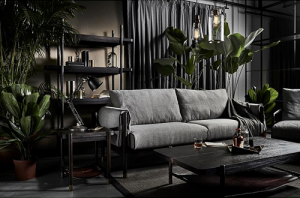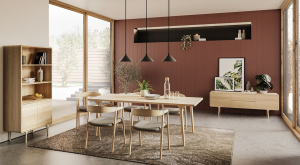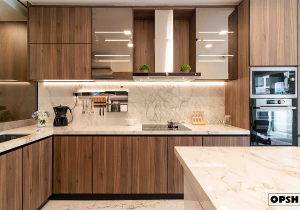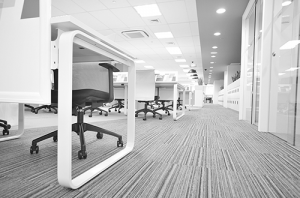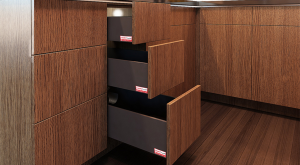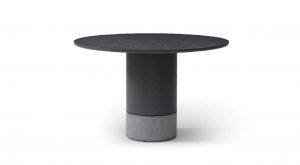Featured Post
Eco-Friendly Furniture: A Guide to Sustainable Choices
In a world where environmental concerns are at the forefront, making sustainable choices in every aspect of life is crucial. This guide delves into the realm of eco-friendly furniture, offering insights into how you can furnish your home beautifully while minimizing your ecological footprint. With a special focus on cabinet furniture, we'll explore innovative storage solutions that not only organize your space but also contribute to a greener planet.
What is Eco-Friendly Furniture?
Eco-friendly furniture, also known as sustainable or green furniture, is designed and manufactured with the environment in mind. This means considering the entire lifecycle of the product, from the sourcing of materials to the production process, and even to its disposal or recycling at the end of its use.
Key characteristics of eco-friendly furniture include:
- Sustainable Materials: Using resources that are renewable, recycled, or reclaimed. For example, bamboo, which grows quickly and doesn't require replanting, or reclaimed wood from old buildings or furniture.
- Low Environmental Impact: Minimizing waste and pollution during production. This could involve using non-toxic finishes, reducing energy consumption, or employing manufacturing processes that generate less waste.
- Durability and Longevity: Creating furniture that lasts longer, reducing the need for frequent replacements and thus conserving resources.
- Recyclability: Designing furniture that can be easily disassembled and recycled at the end of its life.
By choosing eco-friendly furniture, you're not only enhancing your living space but also supporting practices that protect our planet for future generations.
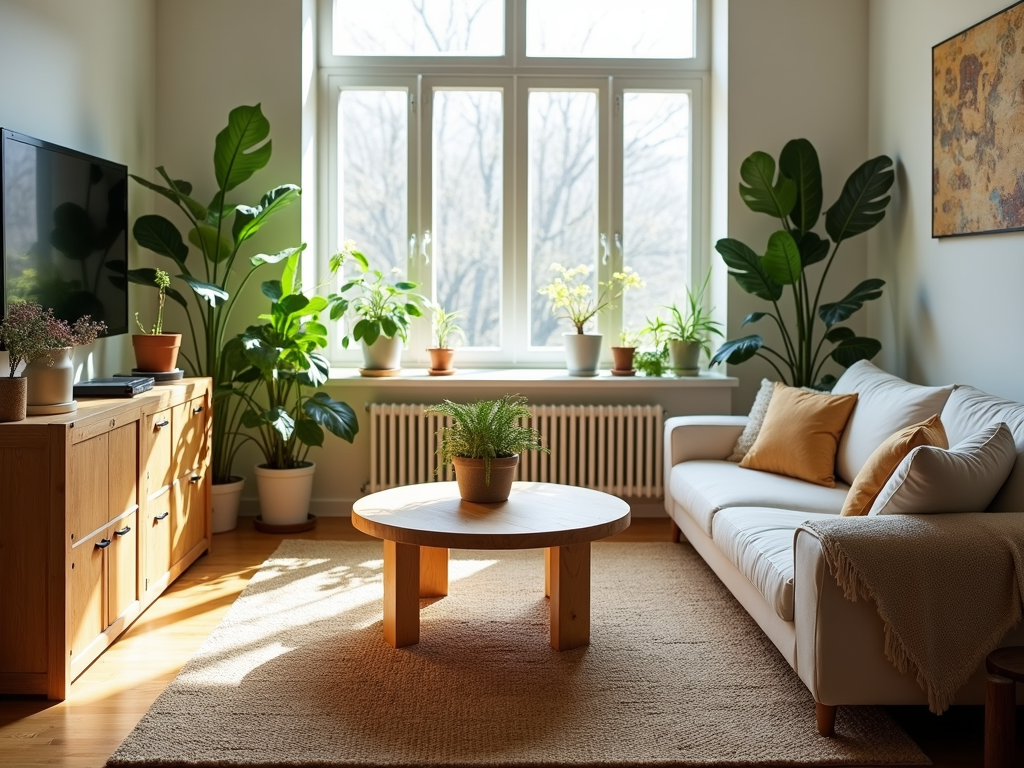
Benefits of Choosing Sustainable Furniture
Opting for eco-friendly furniture offers numerous advantages, both for you and the environment:
- Environmental Preservation: By using sustainable materials and production methods, you're helping to conserve natural resources, reduce deforestation, and lower carbon emissions.
- Healthier Indoor Environment: Many conventional furniture pieces contain harmful chemicals like formaldehyde, which can off-gas and affect indoor air quality. Eco-friendly furniture often uses natural or low-VOC (volatile organic compound) finishes, making your home safer.
- Unique Aesthetic: Sustainable furniture often features natural textures and finishes that add warmth and character to your space. Each piece can tell a story, whether it's the history of reclaimed wood or the craftsmanship of hand-woven textiles.
- Supporting Ethical Practices: Many eco-friendly furniture brands prioritize fair labor practices and support local communities, ensuring that your purchase contributes positively to society.
- Long-Term Savings: While the initial cost might be higher, durable and timeless designs mean you won't need to replace your furniture as often, saving money in the long run.
| Aspect | Conventional Furniture | Eco-Friendly Furniture |
|---|---|---|
| Materials | Often uses virgin wood, plastics, and synthetic fabrics | Uses sustainable wood, recycled materials, natural fibers |
| Environmental Impact | High carbon footprint, contributes to deforestation | Lower carbon footprint, supports sustainable forestry |
| Health Effects | May contain VOCs and other toxins | Typically uses non-toxic finishes and materials |
| Durability | Varies, often designed for shorter lifespan | Often built to last longer |
| Aesthetics | Mass-produced, generic designs | Unique, often handcrafted with natural appeal |
Materials Used in Eco-Friendly Furniture
The choice of materials is crucial in determining the sustainability of furniture. Here are some commonly used eco-friendly materials:
- Bamboo: A fast-growing grass that can be harvested without killing the plant, making it highly renewable.
- Reclaimed Wood: Wood salvaged from old buildings, furniture, or other sources, reducing the need for new timber.
- Recycled Metal: Metals like aluminum or steel that have been recycled, saving energy compared to producing new metal.
- Natural Fibers: Materials like organic cotton, hemp, or wool for upholstery, which are biodegradable and often produced with fewer chemicals.
- Cork: Harvested from the bark of cork oak trees without harming the tree, cork is renewable and has unique properties like being lightweight and water-resistant.
Each of these materials has its own benefits and can be used in various types of furniture, including cabinets.
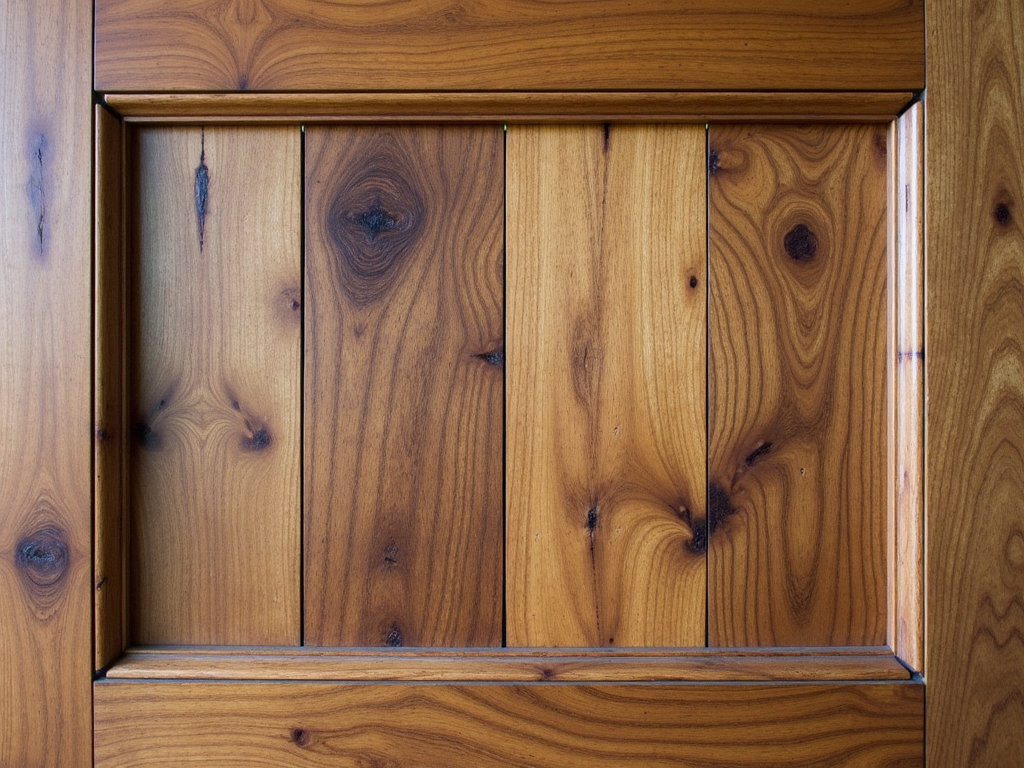
Innovative Storage Solutions with Cabinet Furniture
Cabinets are essential for keeping our homes organized, but they can also be designed in ways that maximize space and efficiency while being eco-friendly. Here are some innovative ideas:
- Multi-Functional Designs: Cabinets that serve multiple purposes, such as a storage bench that also acts as seating, or a cabinet with built-in charging stations for electronics.
- Modular Systems: Cabinets that can be customized and reconfigured as your needs change, reducing the need to buy new furniture.
- Space-Saving Features: Designs that make the most of small spaces, like corner cabinets, pull-out shelves, or cabinets with hidden compartments.
- Sustainable Materials: Using the eco-friendly materials mentioned earlier, such as bamboo or recycled metal, to create stylish and functional storage solutions.
- Minimalist Aesthetics: Simple, clean lines that not only look modern but also reduce material usage and waste.
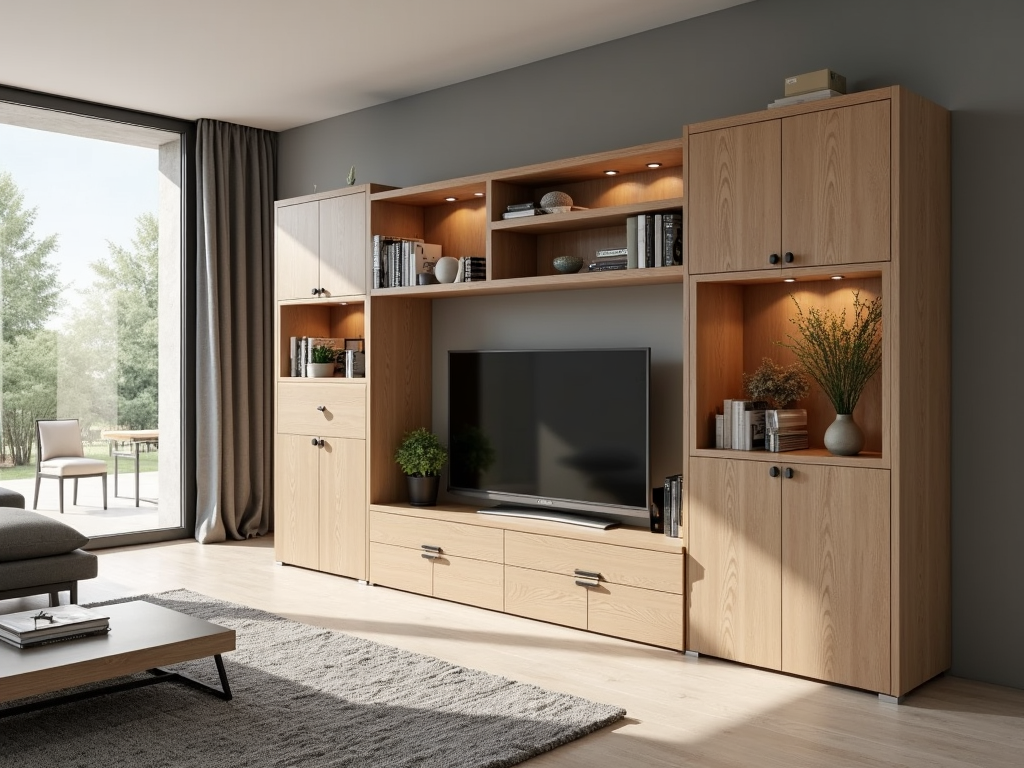
How to Choose Eco-Friendly Cabinet Furniture
When shopping for sustainable cabinet furniture, consider the following factors:
- Certifications: Look for labels like FSC-certified wood, which ensures the wood comes from responsibly managed forests, or GREENGUARD certification for low chemical emissions.
- Materials: Opt for cabinets made from sustainable materials like bamboo, reclaimed wood, or recycled metal.
- Production Process: Research the manufacturer's practices. Do they use renewable energy? Minimize waste? Support fair labor?
- Durability: Choose well-made pieces that will last for years, reducing the need for replacements.
- Design: Consider timeless designs that won't go out of style, and multifunctional pieces that can adapt to different uses.
- Local Sourcing: Whenever possible, buy from local artisans or companies to reduce transportation emissions.
Checklist for Choosing Eco-Friendly Furniture
- Is the wood FSC-certified or from a sustainable source?
- Are the finishes non-toxic and low-VOC?
- Is the furniture made from recycled or reclaimed materials?
- Does the manufacturer have eco-friendly practices?
- Is the design durable and timeless?
- Can the furniture be recycled or repurposed at the end of its life?
Examples of Sustainable Cabinet Furniture Designs
- The Bamboo Bliss Cabinet: Made entirely from bamboo, this cabinet features sliding doors and adjustable shelves, perfect for any room.
- Reclaimed Railway Sleeper Cabinet: Crafted from old railway sleepers, this cabinet has a rustic charm and a unique history.
- Modular Metal Marvel: A customizable cabinet system made from recycled steel, offering endless configuration possibilities.
- Cork Corner Cabinet: Utilizing cork for its lightweight and sustainable properties, this cabinet fits neatly into corners, maximizing space.
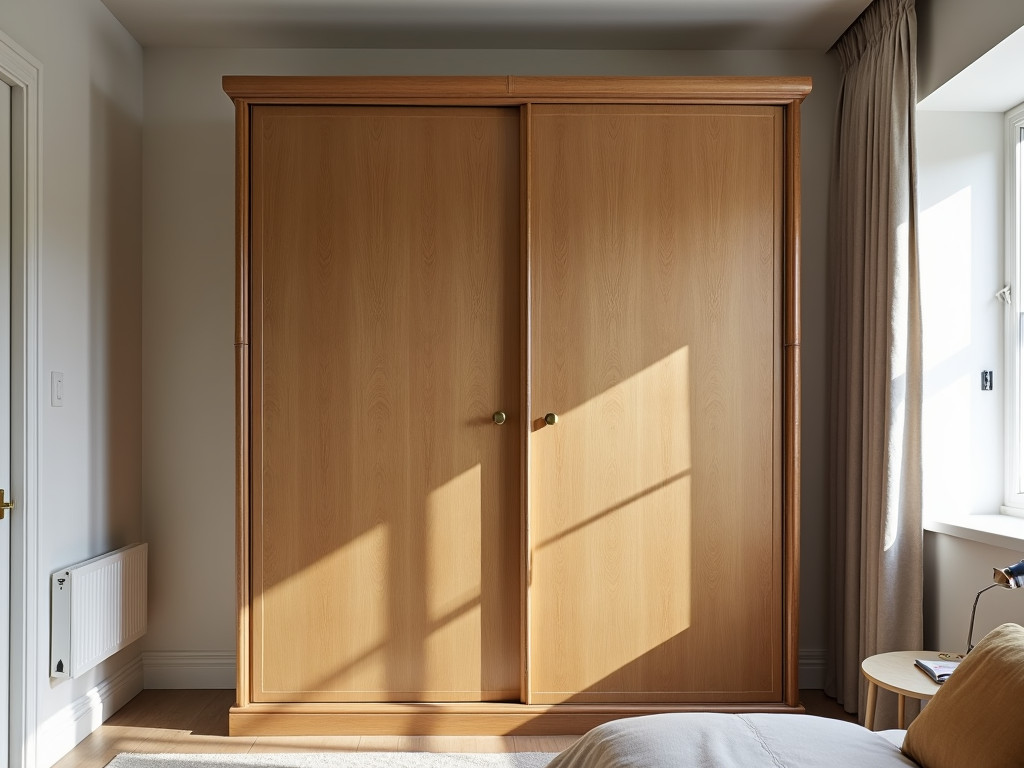
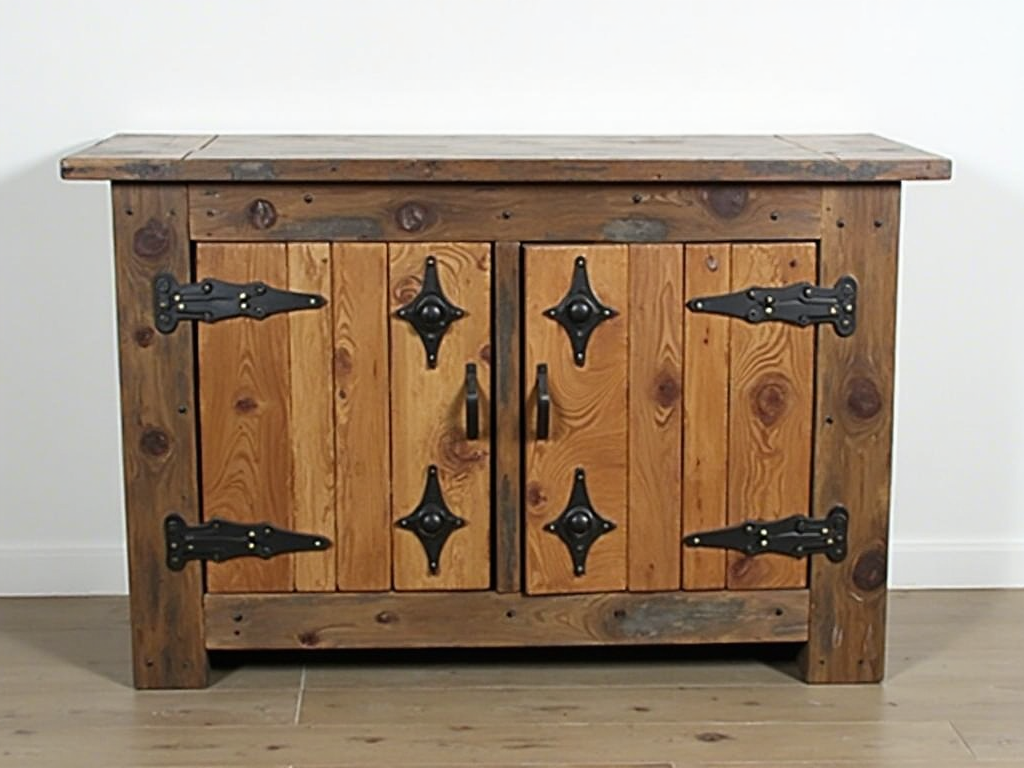
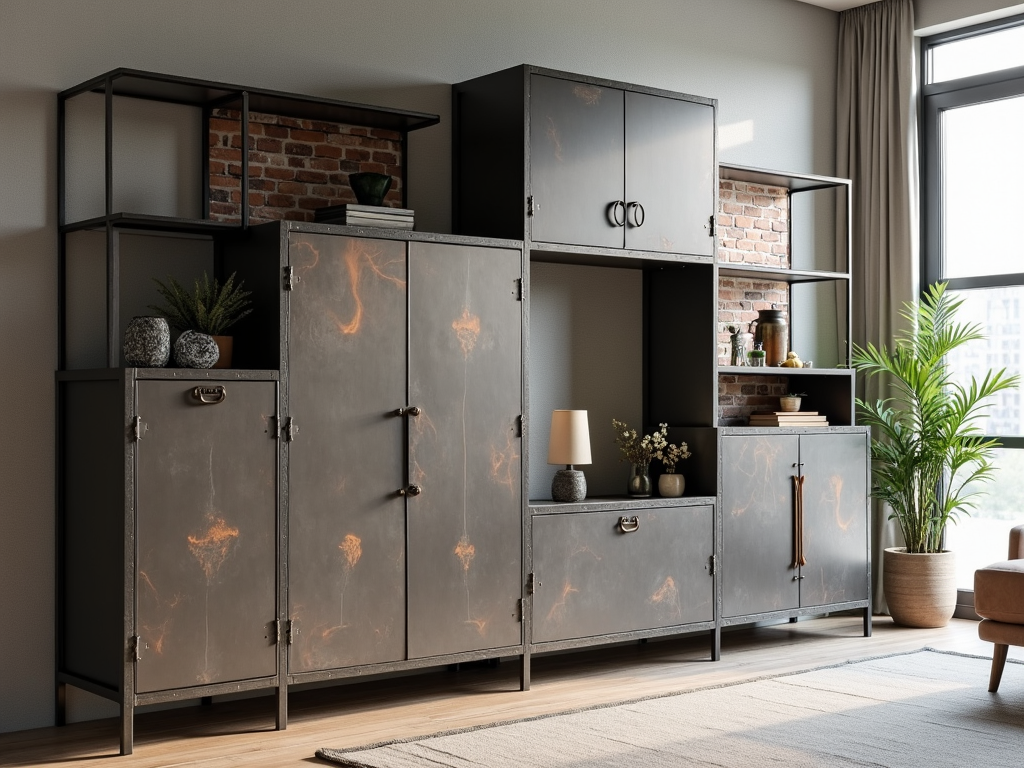
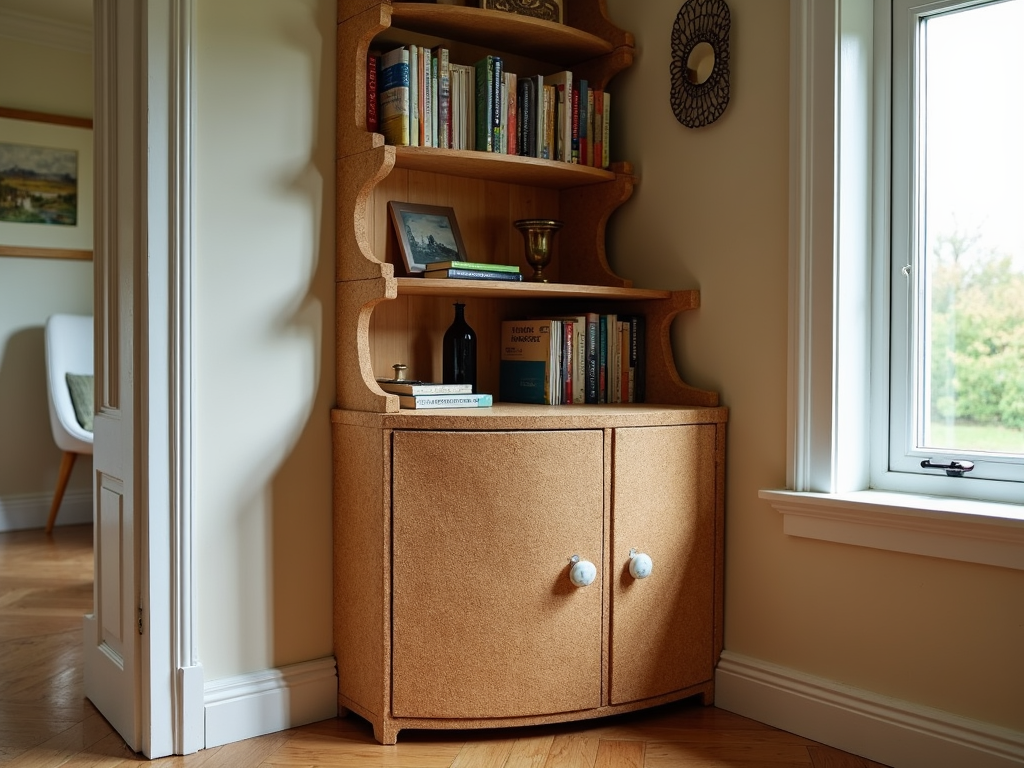
Tips for Maintaining and Caring for Eco-Friendly Furniture
To ensure your sustainable furniture lasts as long as possible, follow these care tips:
- Regular Cleaning: Use natural, non-toxic cleaners to avoid damaging the materials or introducing harmful chemicals.
- Avoid Direct Sunlight: Prolonged exposure to sunlight can fade or damage natural materials. Use curtains or blinds to protect your furniture.
- Control Humidity: Extreme humidity can cause wood to warp or mold to grow. Use a dehumidifier if necessary.
- Handle with Care: Be gentle when opening and closing doors or drawers to prevent wear and tear.
- Repair, Don't Replace: If something breaks, try to repair it instead of throwing it away. Many sustainable furniture pieces are designed to be easily repairable.
The Future of Sustainable Furniture
As awareness of environmental issues grows, the demand for eco-friendly furniture is likely to increase. Innovations in materials science, such as the development of new biodegradable composites or advanced recycling techniques, will further enhance the sustainability of furniture production.
Moreover, the rise of the circular economy, where products are designed to be reused, repaired, or recycled, will play a significant role in shaping the furniture industry. We can expect to see more furniture rental services, take-back programs, and designs that facilitate disassembly and recycling.
Summary
Eco-friendly furniture offers a way to furnish your home sustainably, with benefits ranging from environmental preservation to improved indoor air quality. By choosing cabinet furniture made from sustainable materials and designed with innovative storage solutions, you can maximize both style and functionality. Remember to consider certifications, materials, and production practices when making your selections, and take care of your furniture to ensure it lasts. As the industry evolves, sustainable furniture will continue to play a crucial role in creating a greener future.


